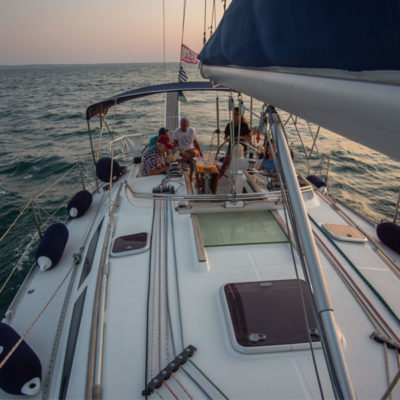Top Private Day Trips
- • Meteora Monasteries
- • Edessa Waterfalls & Pozar Thermal Spa
- • Mount Olympus & Dion Museum
- • Metsovo Traditional Village
- • Zagorohoria & Vikos Canyon
- • Tzoumerka, Epirus
- • Kavala & Archaeological Museum of Filippoi
- • Kassandra Peninsula of Halkidiki, Private Round Tour
- • Sithonia Peninsula of Halkidiki, Private Round Tour
- ...Find More Destinations
Services
Συνεργαστείτε Μαζί Μας
Γίνετε συνεργαζόμενη επιχείρηση του VIP Club του Hello Thessaloniki!









